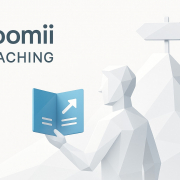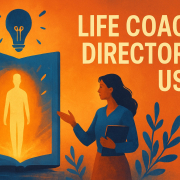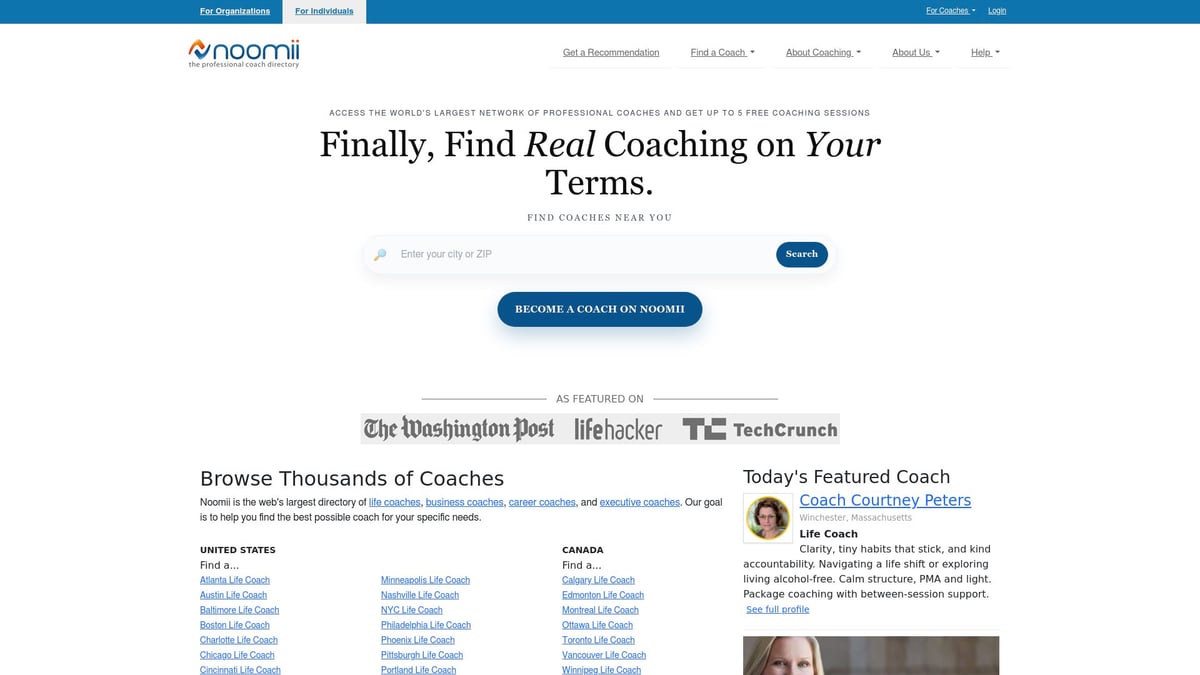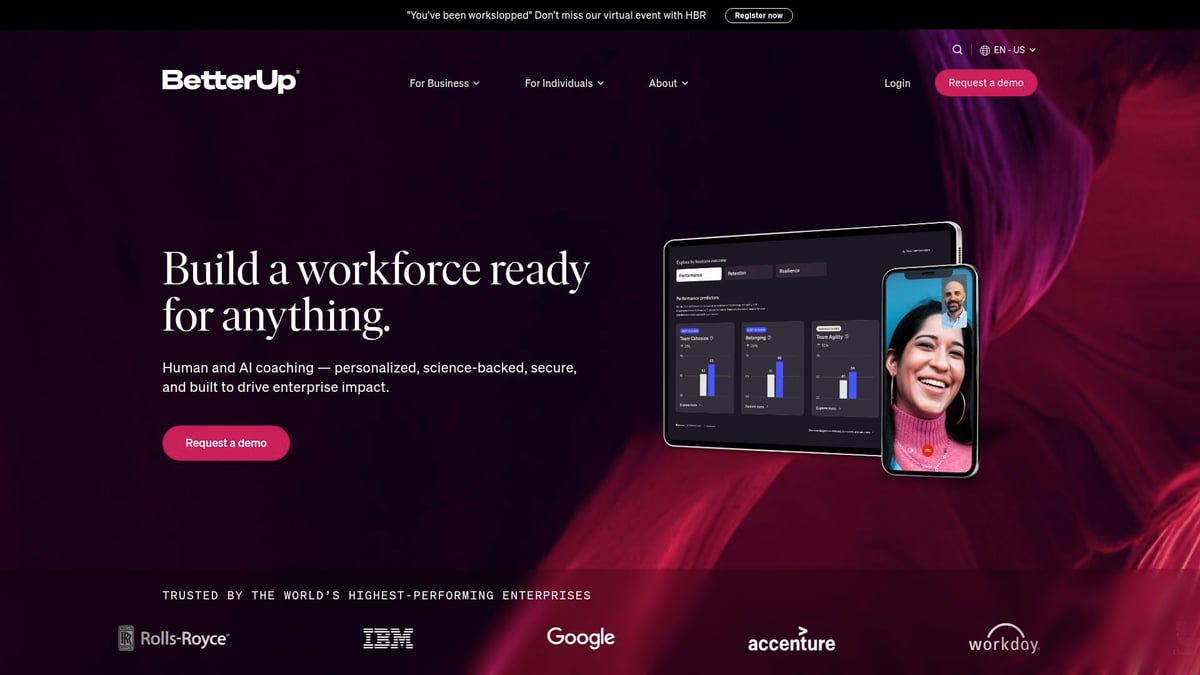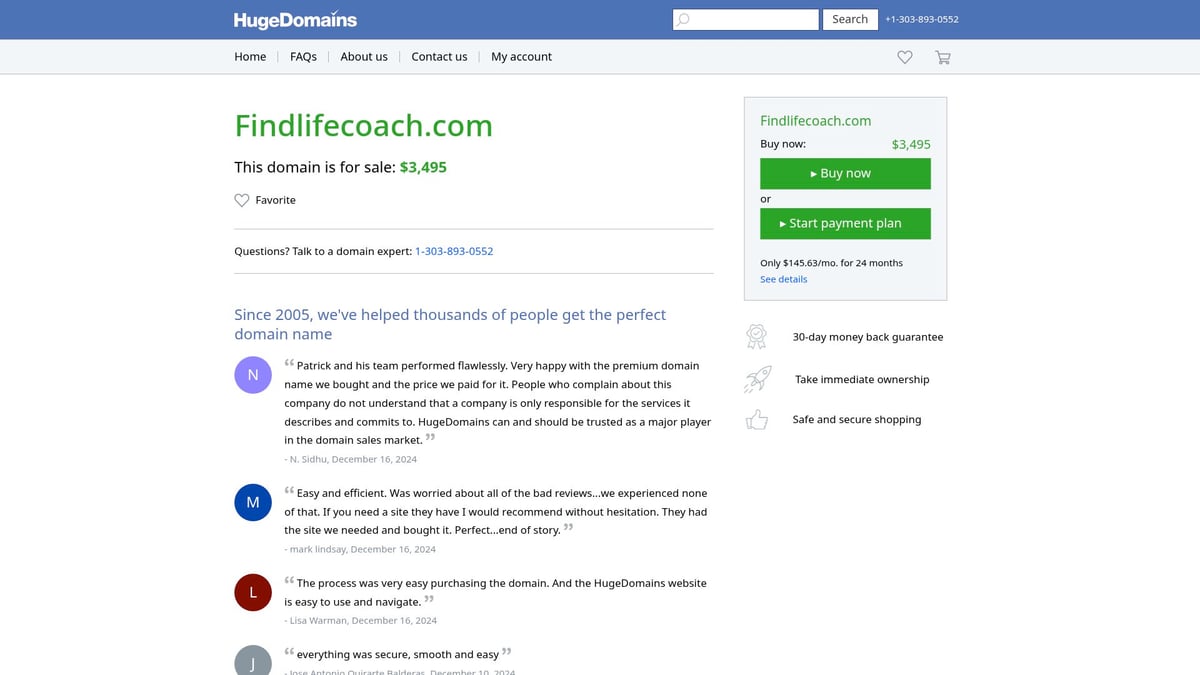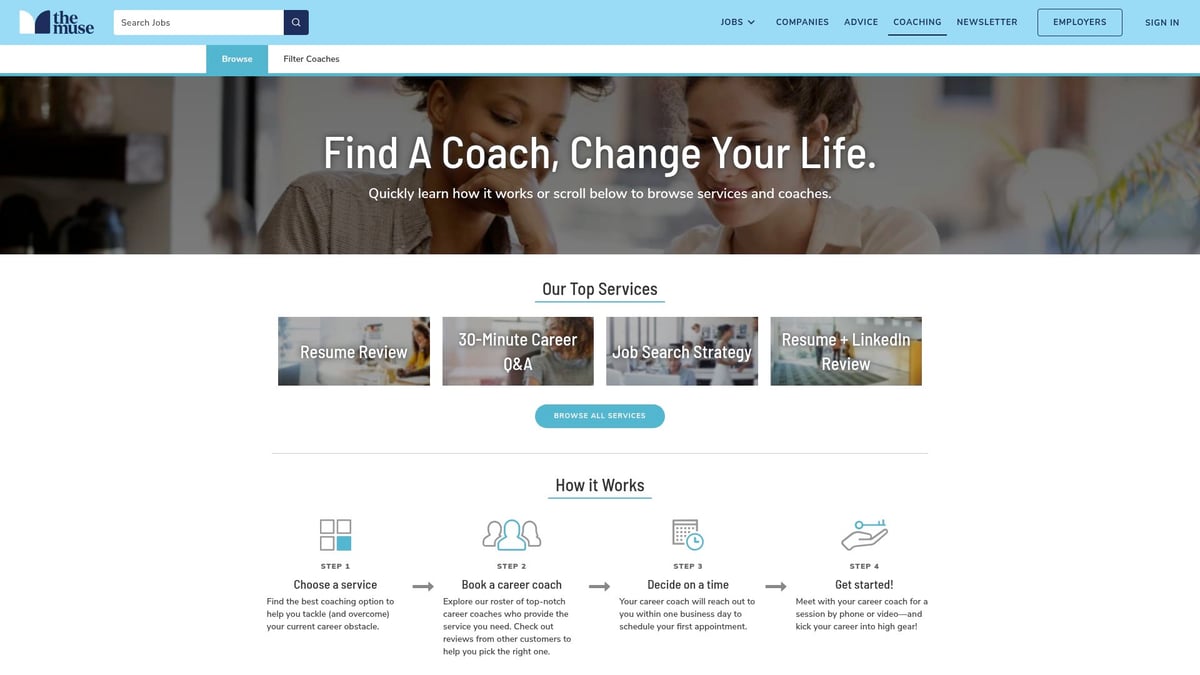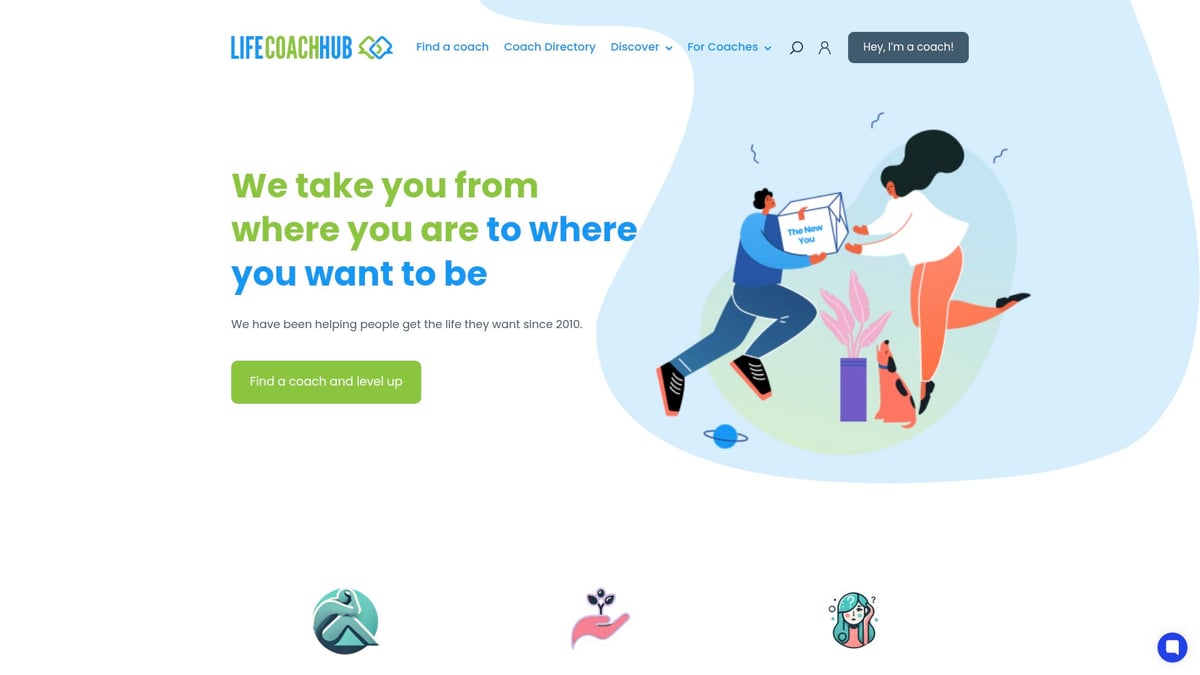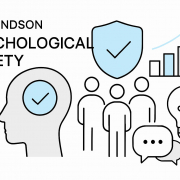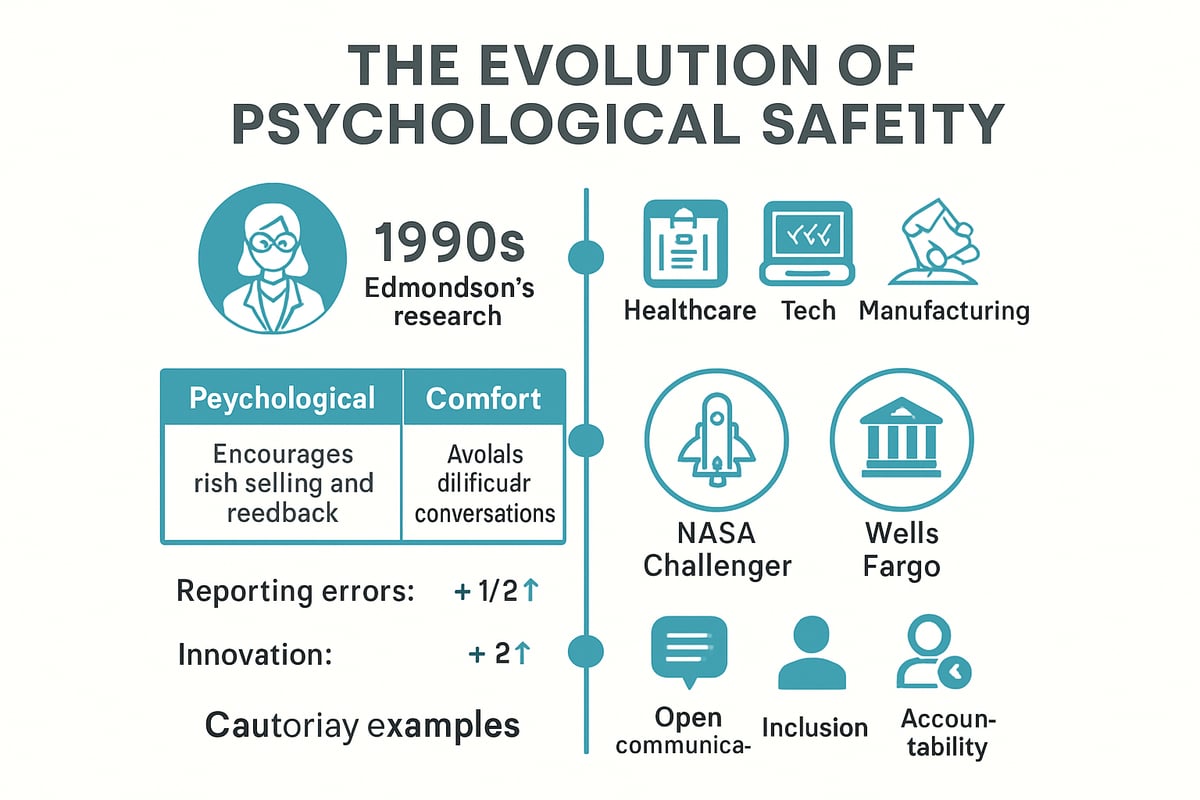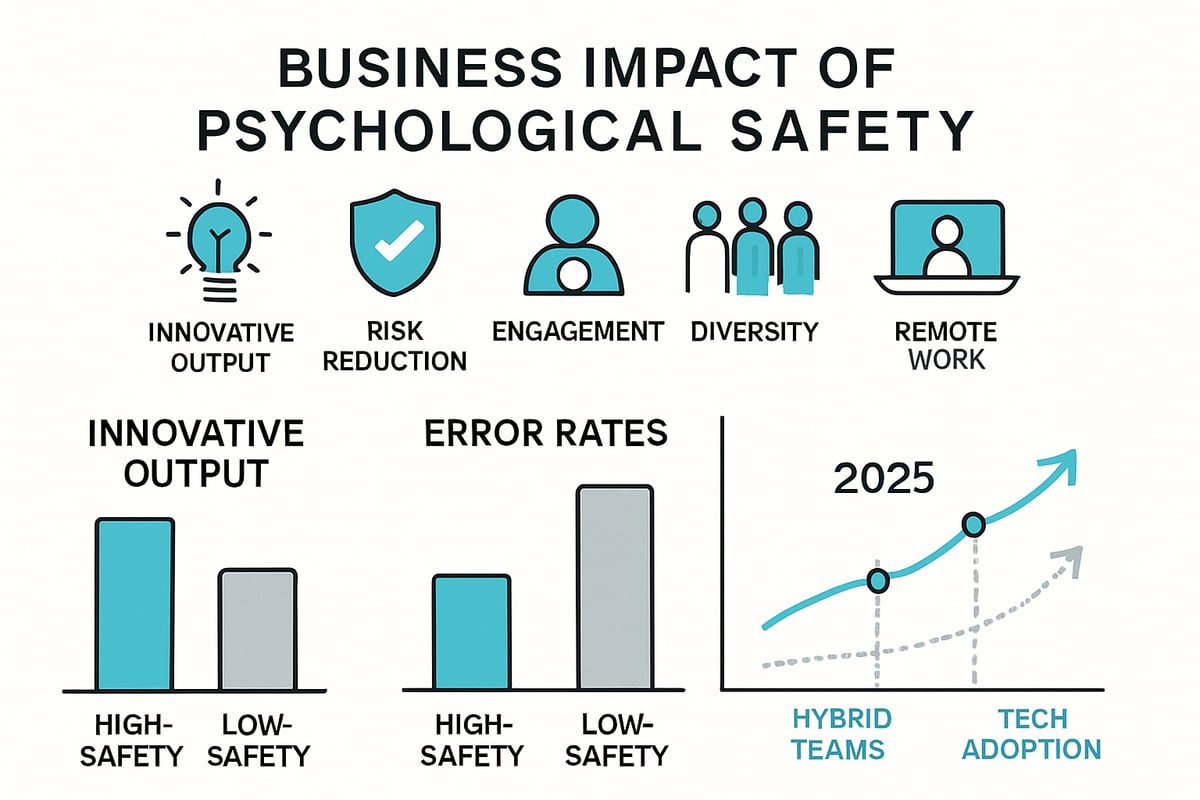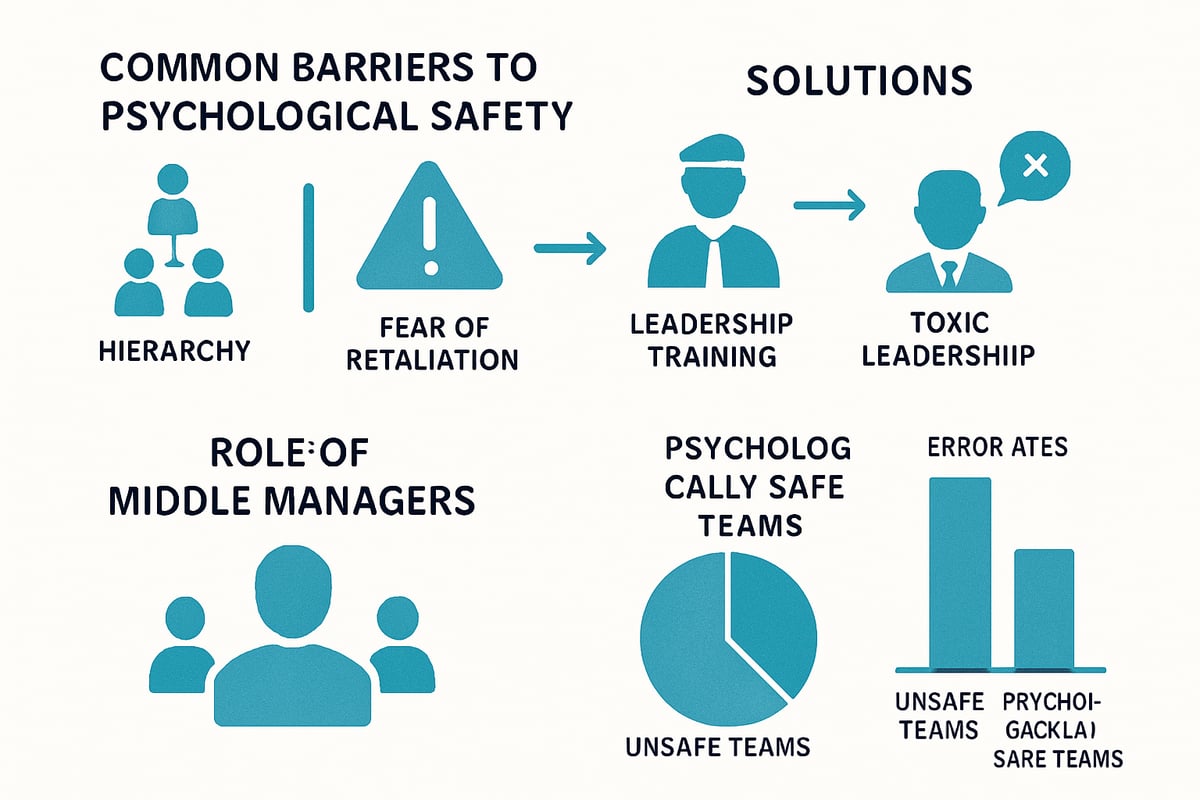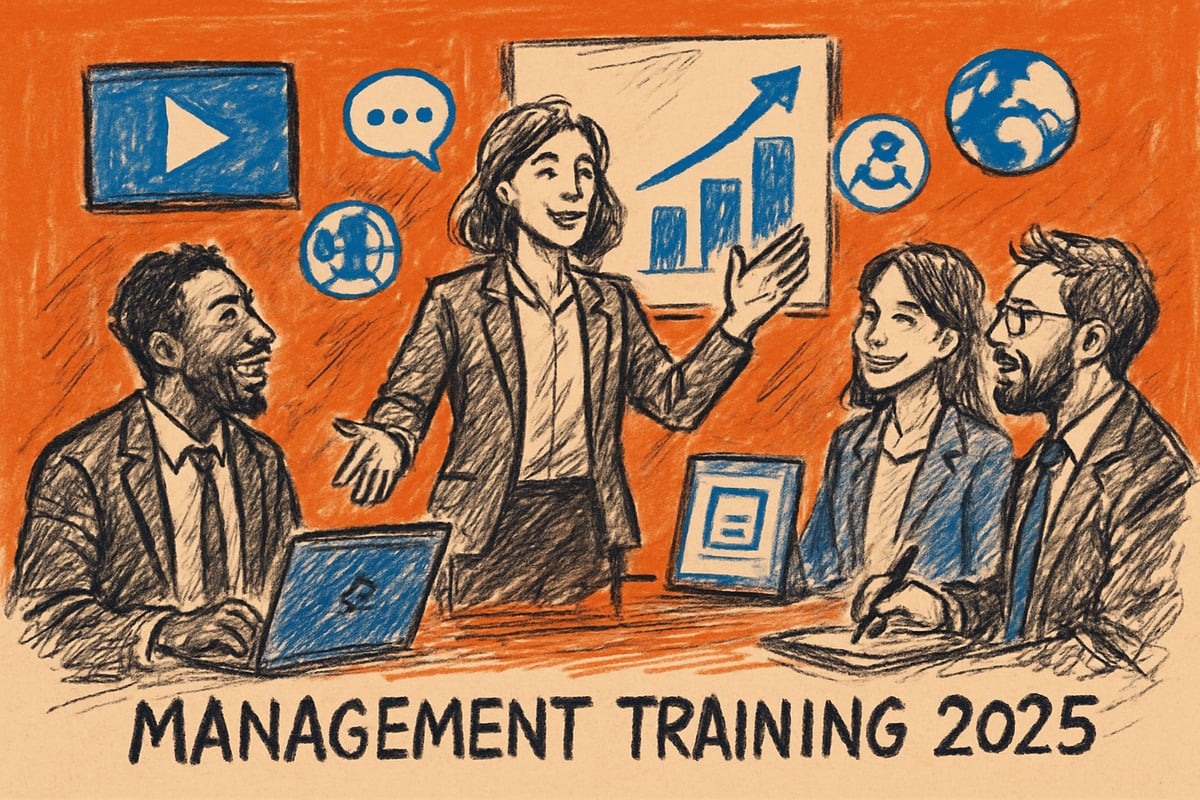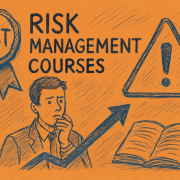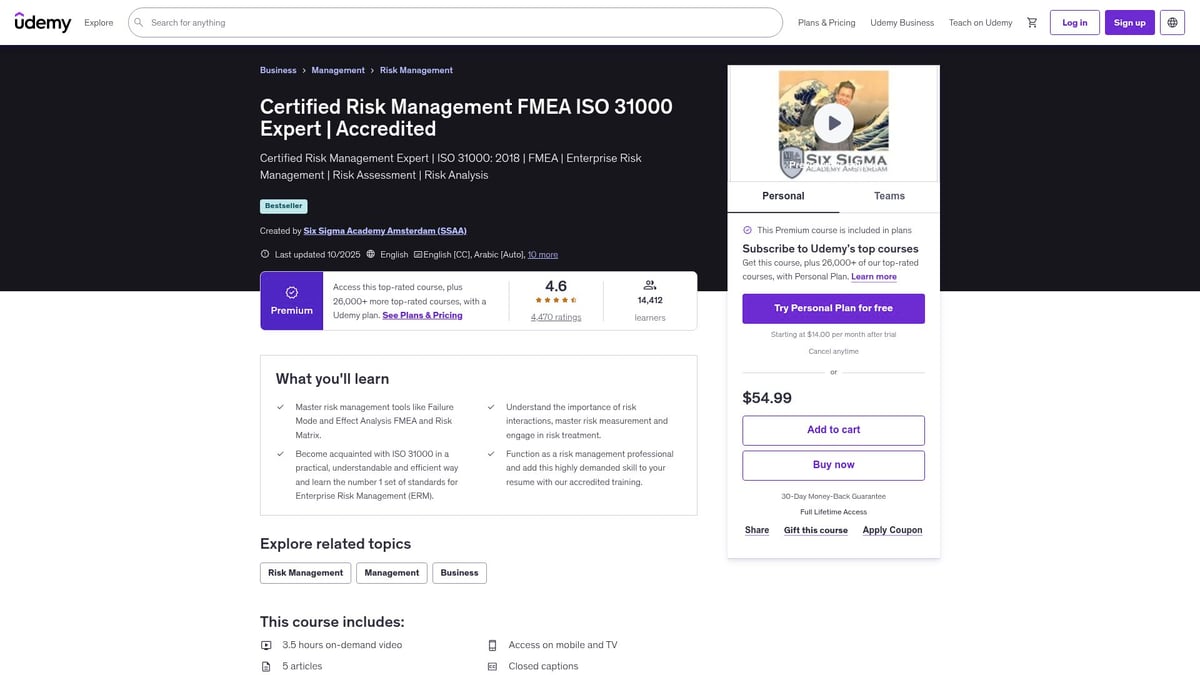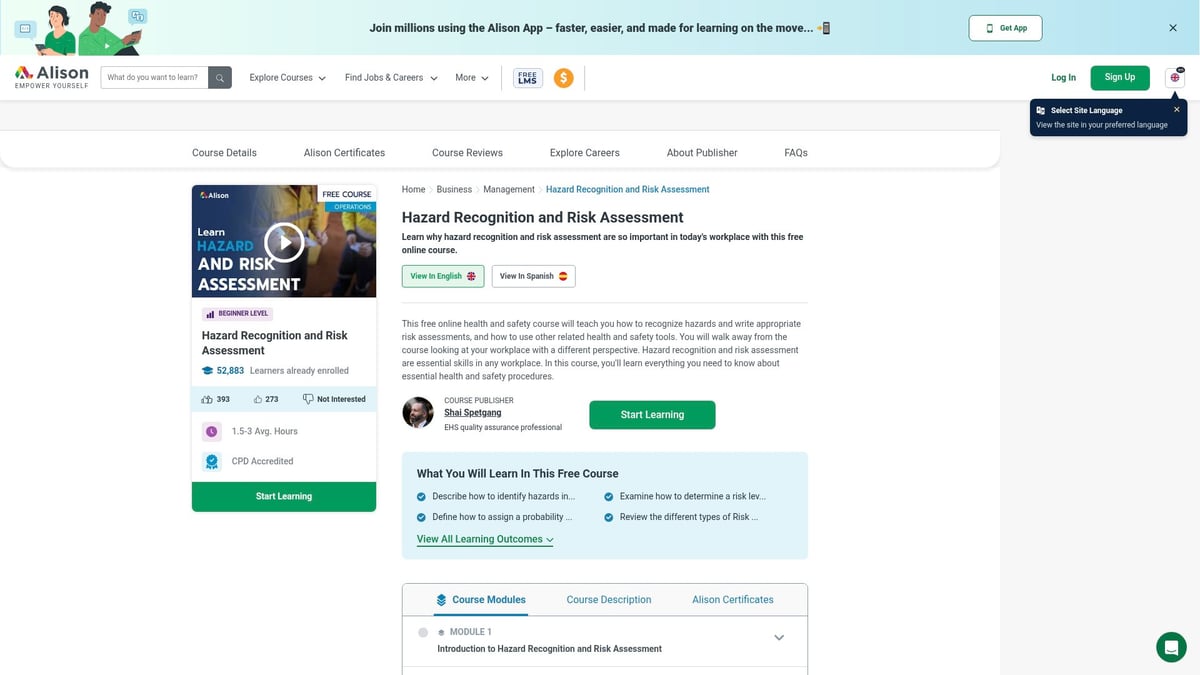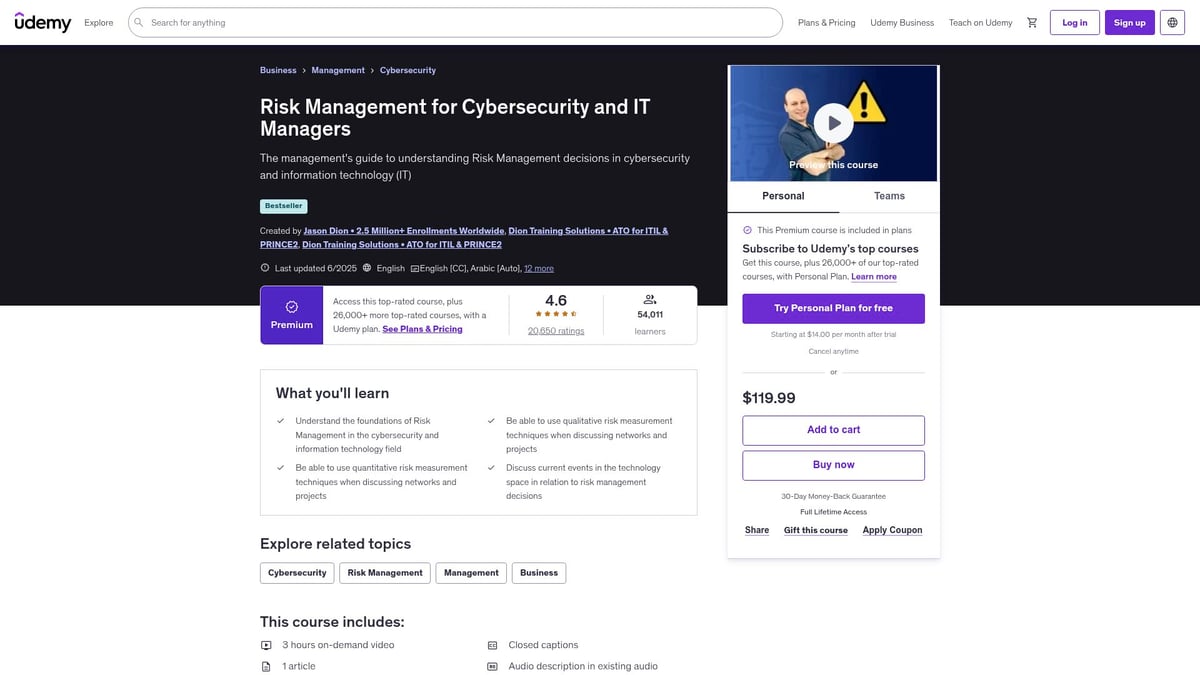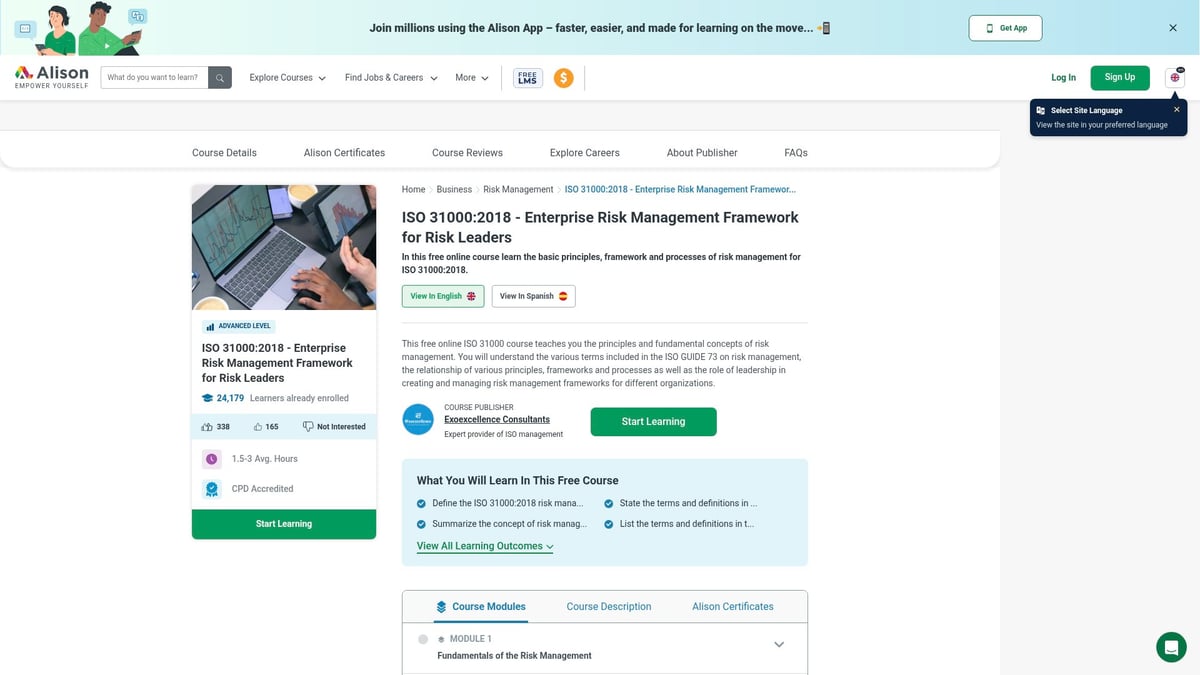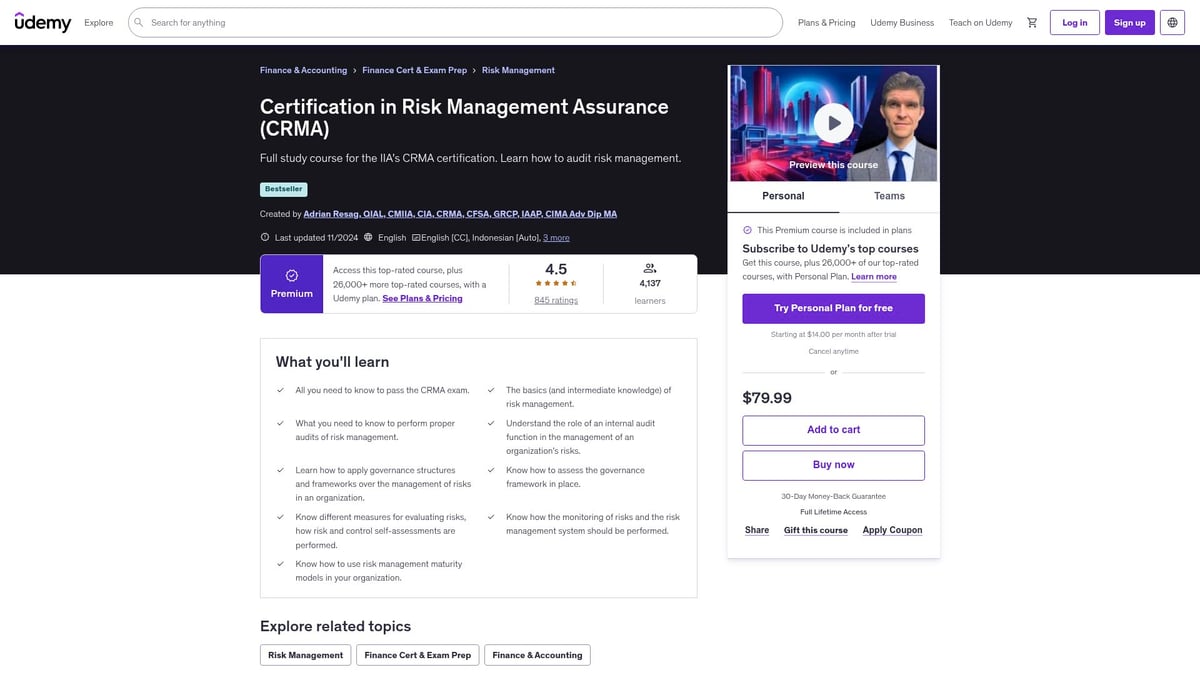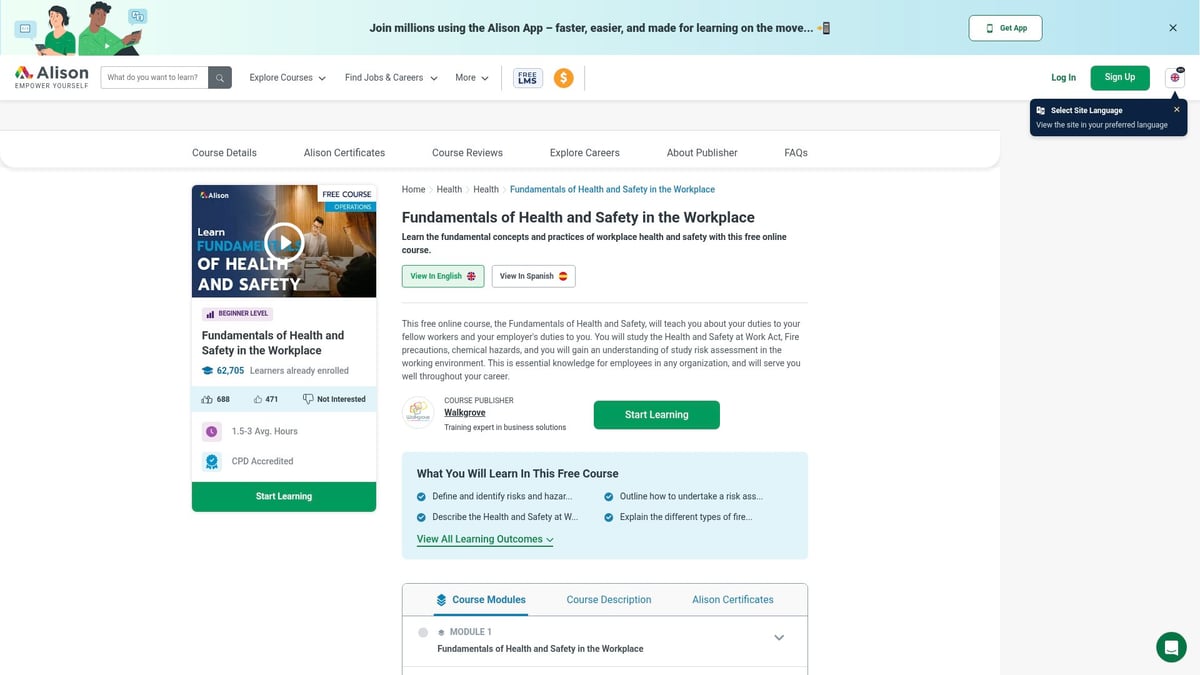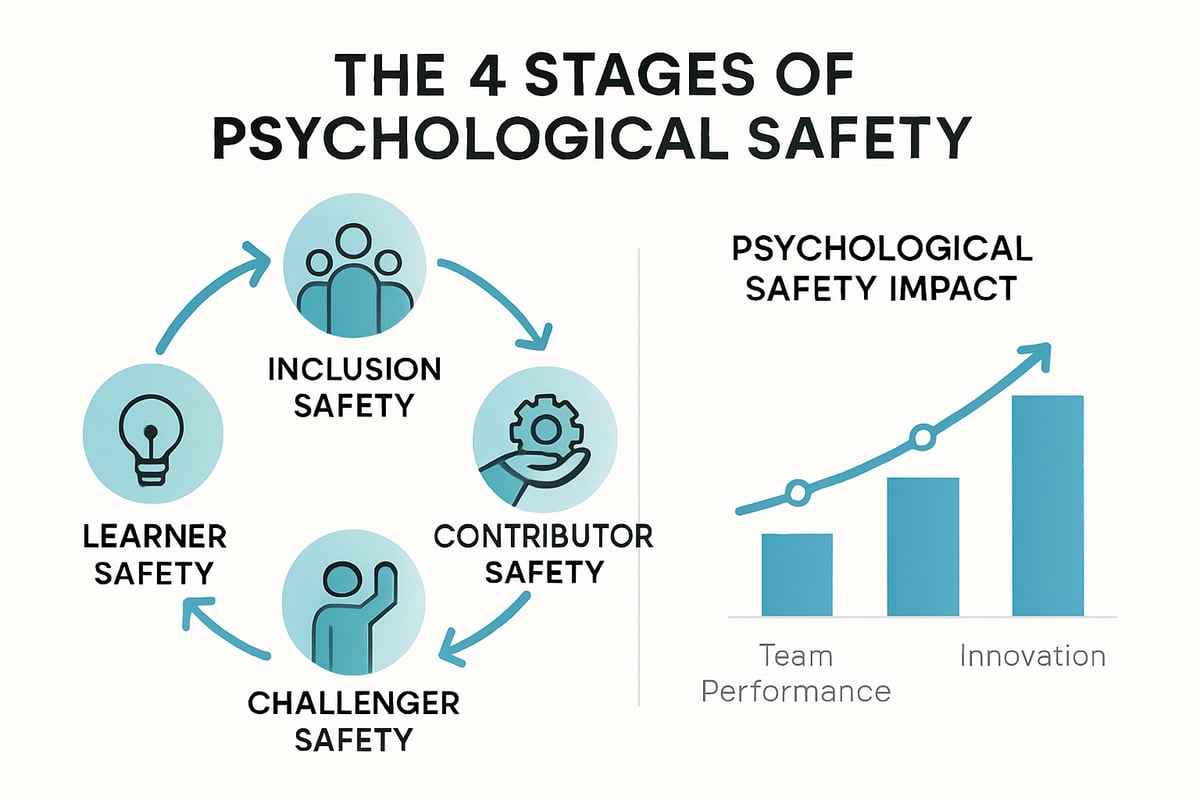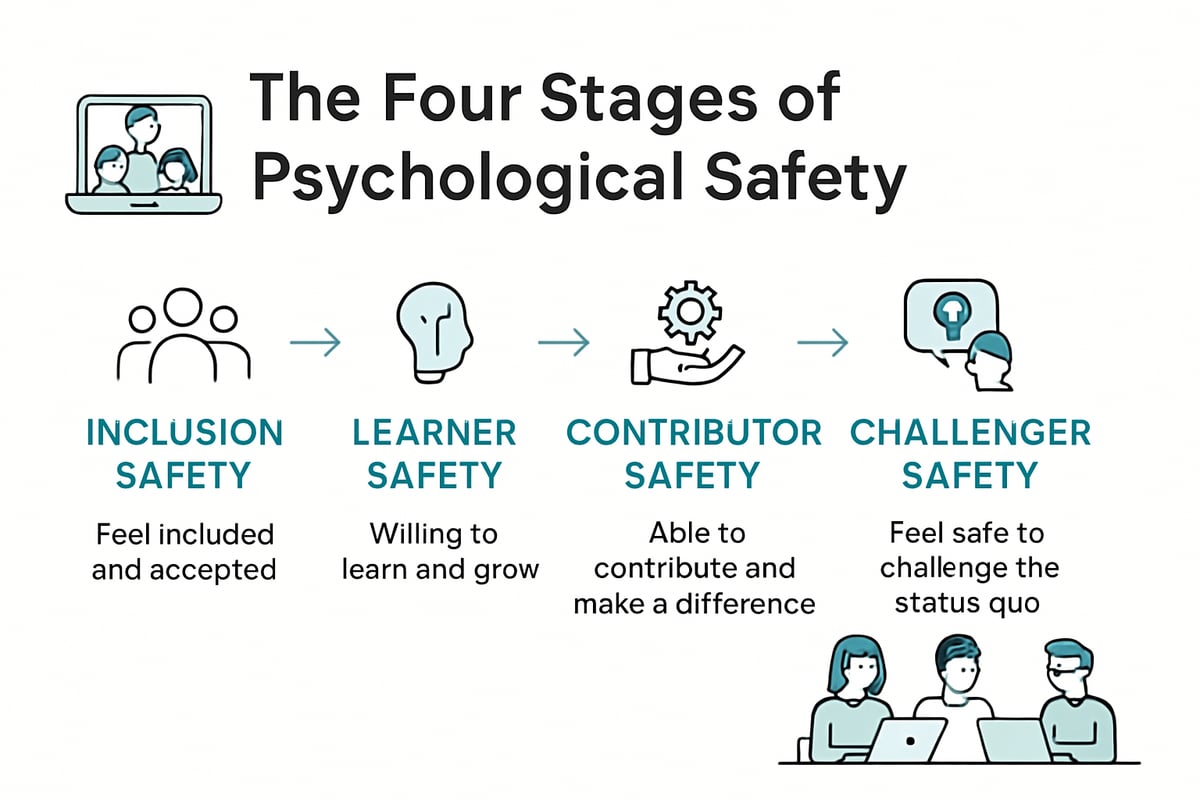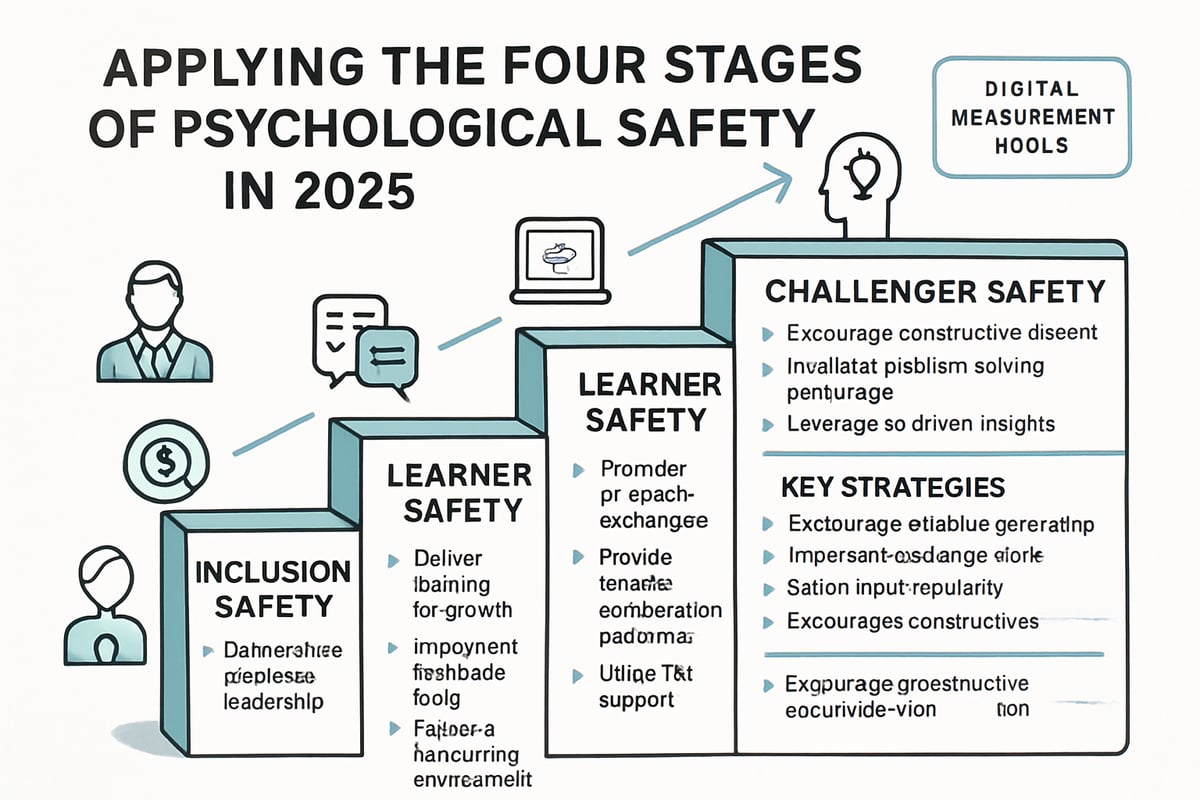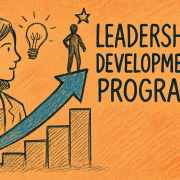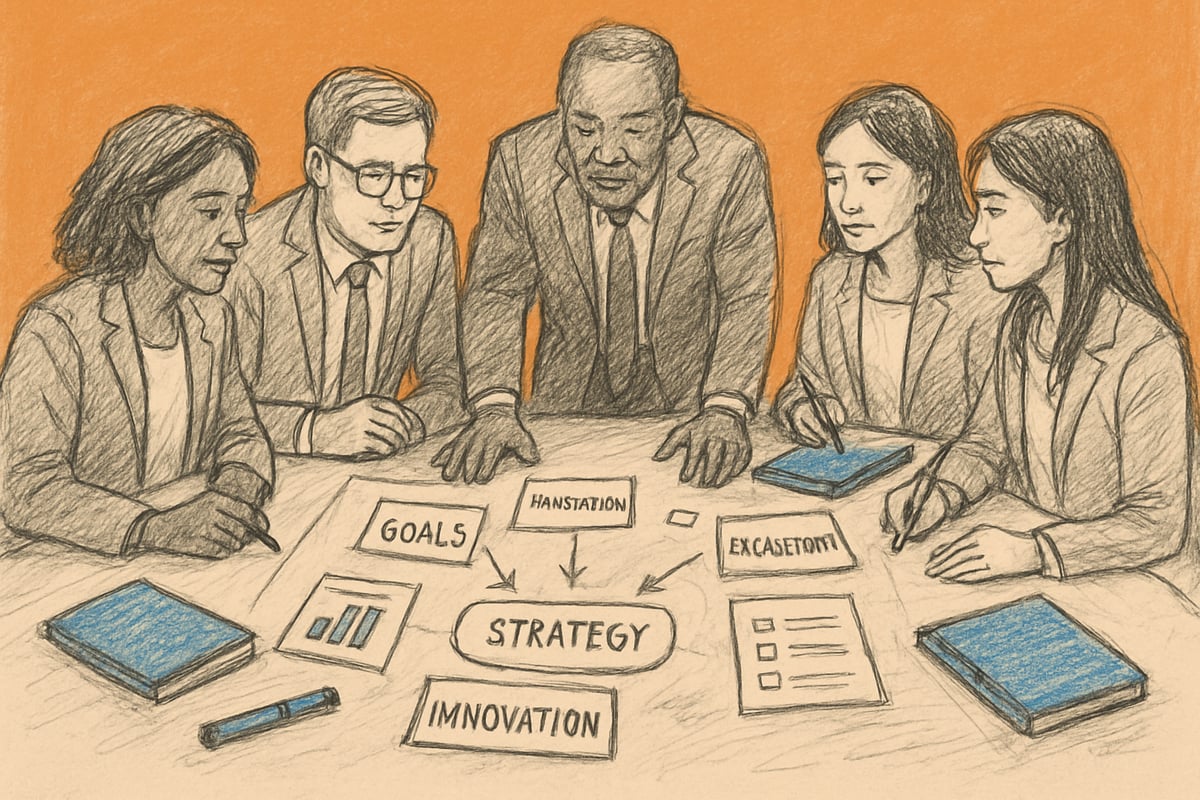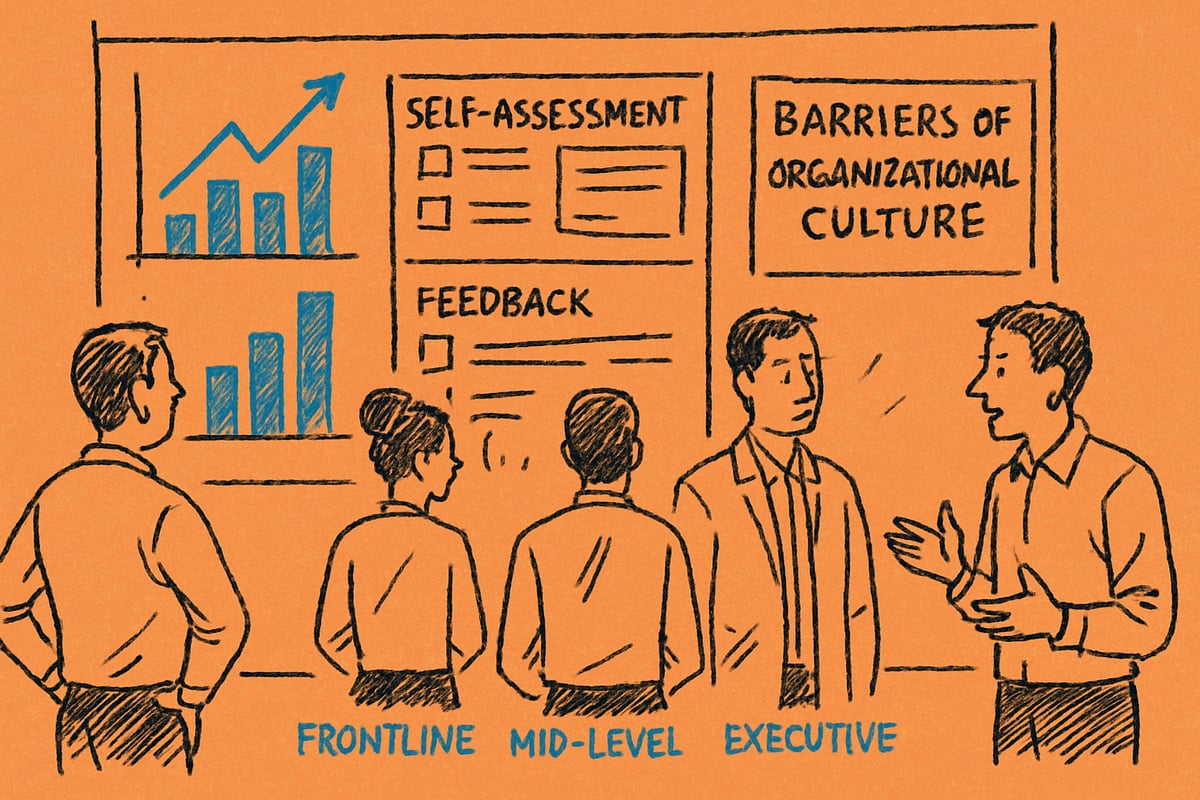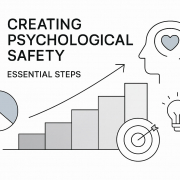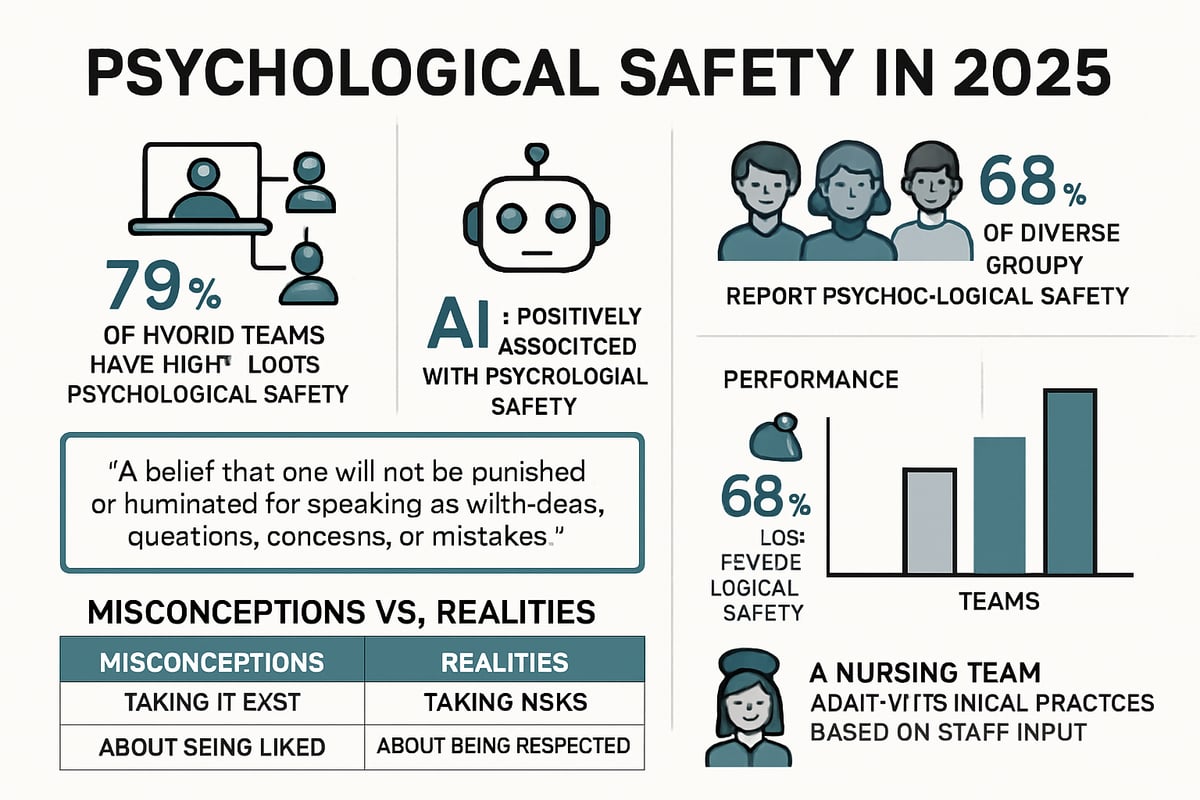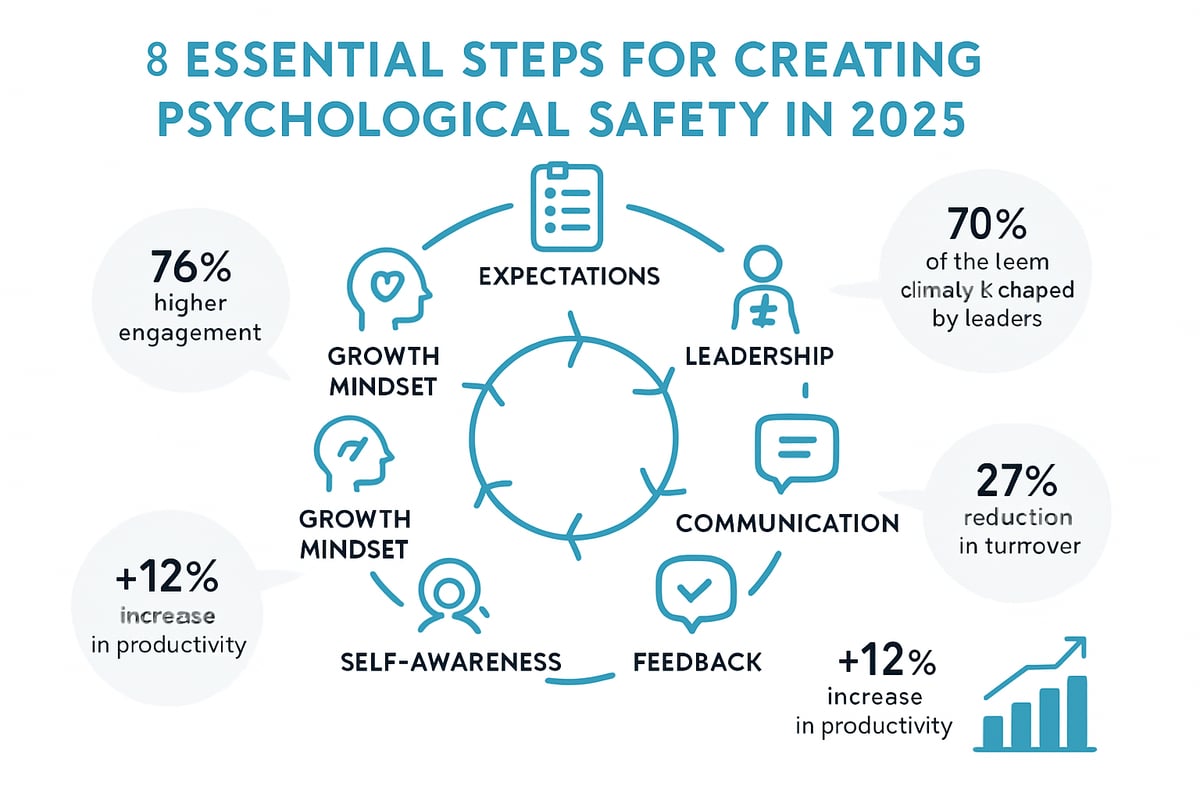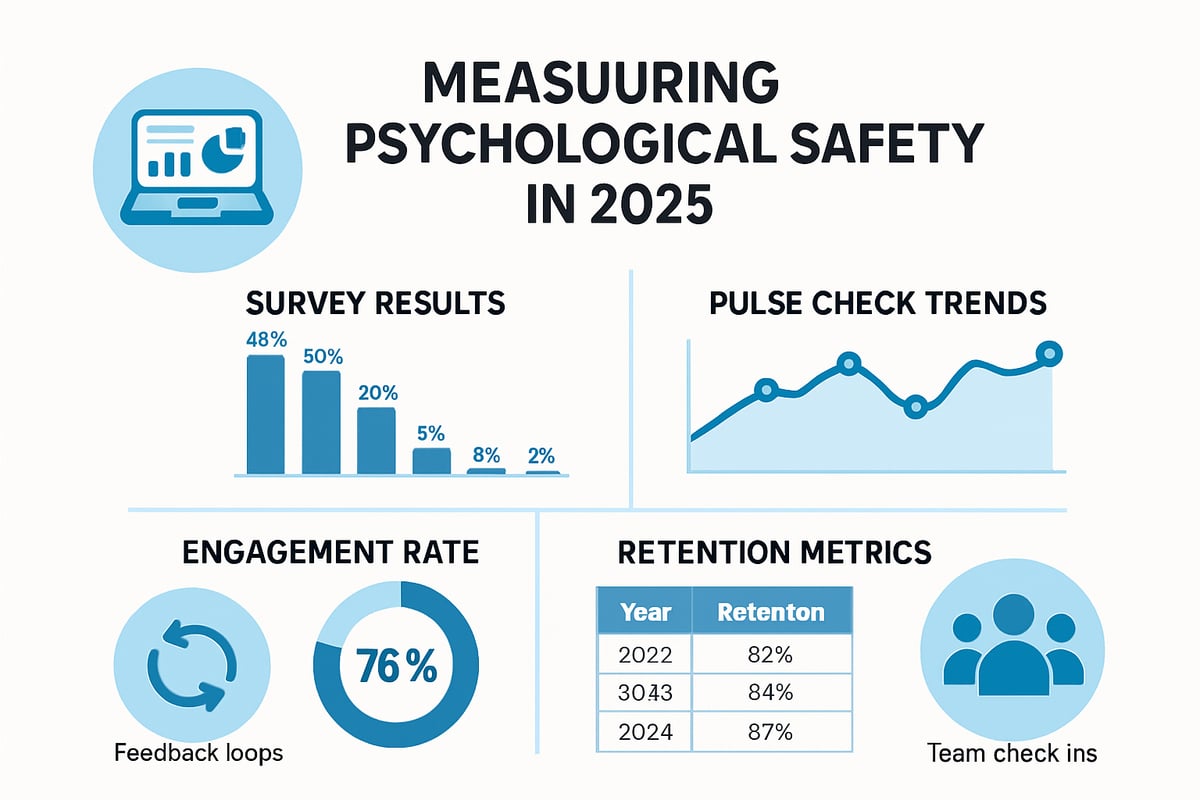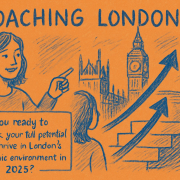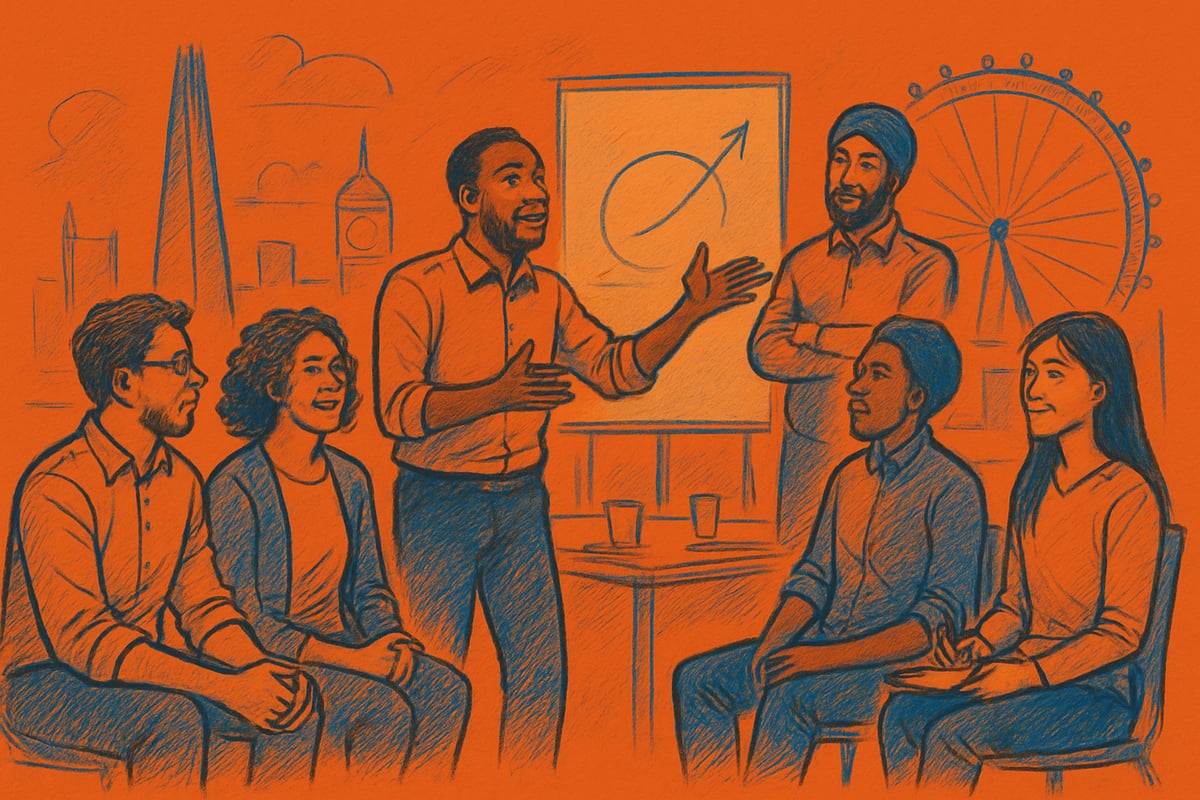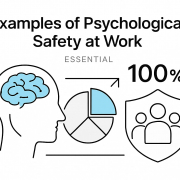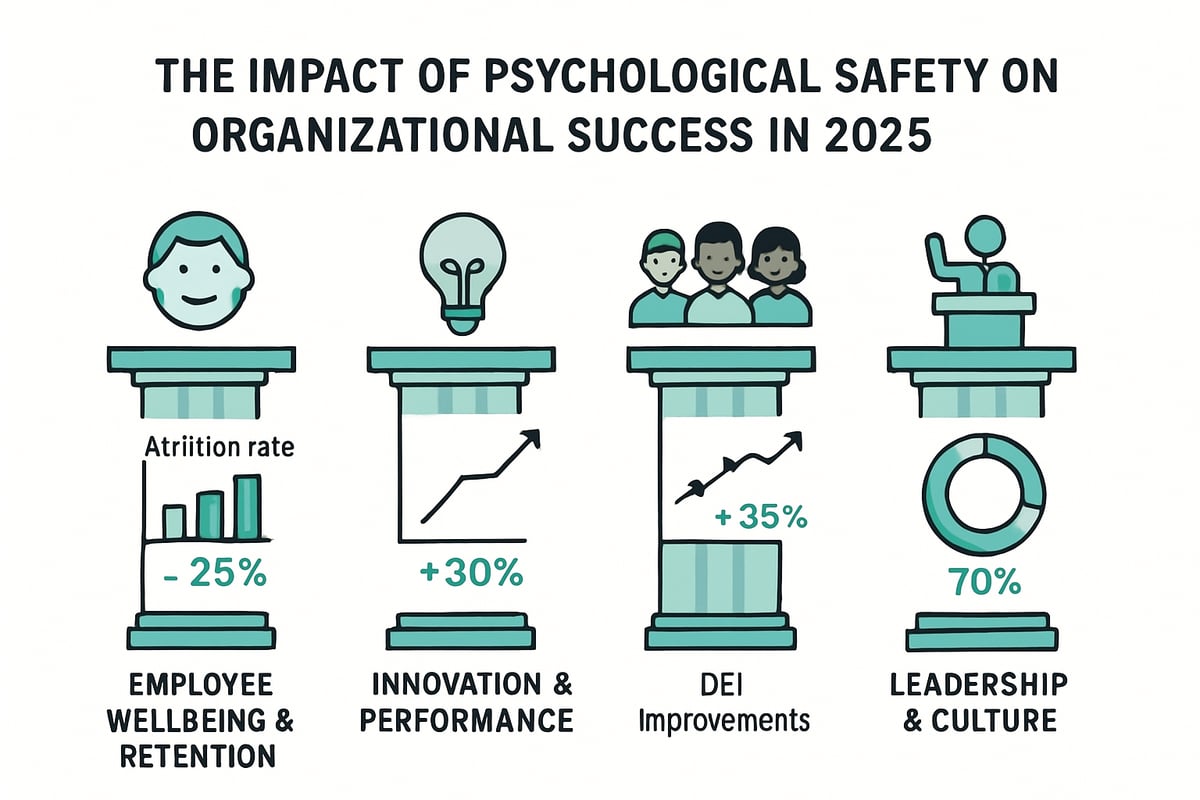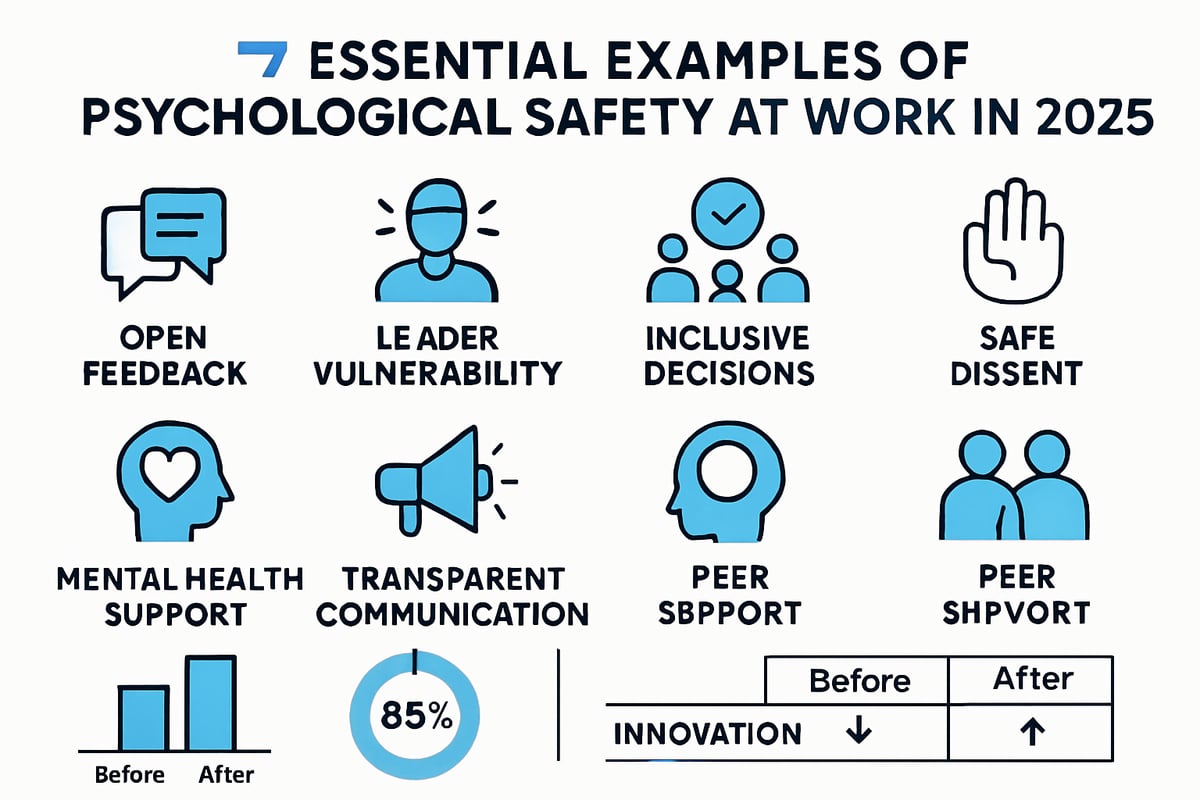Noomii Coaching Guide: Your Path to Personal Growth 2025
Are you ready to make 2025 your breakthrough year? Noomii coaching can be the catalyst for real, lasting personal growth. Imagine transforming your ambitions into achievements, just as so many others have done with expert guidance.
This guide will show how noomii coaching empowers you to unlock your potential, overcome obstacles, and reach personal and professional goals. You’ll discover Noomii’s proven approach, the benefits, step-by-step coaching process, personalized coach matching, inspiring real-life stories, and the future of coaching.
Understanding Noomii Coaching: Foundations and Philosophy

What is Noomii Coaching?
Noomii coaching stands out as an evidence-based, client-centered approach designed to unlock personal and professional potential. At its core, noomii coaching is about empowering individuals to set meaningful goals, overcome obstacles, and achieve lasting change.
The philosophy is rooted in the belief that every client has unique strengths and untapped capabilities. Coaches are trained to facilitate growth through structured conversations, active listening, and accountability. Noomii coaching covers several key modalities:
- Executive Coaching: Focuses on leadership, strategic thinking, and organizational performance.
- Leadership Coaching: Develops influence, communication, and team-building skills.
- Career Coaching: Supports career transitions, promotions, and job satisfaction.
- Personal Development Coaching: Encourages self-awareness, confidence, and life balance.
Unlike mentoring, which often involves advice-giving from someone with direct experience, noomii coaching enables clients to find their own solutions. Therapy, on the other hand, addresses mental health and past trauma, while coaching is future-focused and action-oriented.
| Approach | Focus | Method |
|---|---|---|
| Coaching | Goal achievement | Facilitation |
| Mentoring | Advice, guidance | Sharing wisdom |
| Therapy | Healing, support | Clinical methods |
The Science Behind Coaching for Growth
Noomii coaching is grounded in robust scientific research, delivering measurable benefits for clients. Studies show that 70% of coaching clients report improved work performance, stronger relationships, and higher self-confidence. According to the 2025 ICF Global Coaching Study Executive Summary, coaching is linked to increased goal attainment and personal resilience.
Several psychological theories support the effectiveness of noomii coaching. The growth mindset theory highlights the power of believing in the ability to improve through effort. Self-determination theory emphasizes autonomy, competence, and relatedness as drivers of motivation. Positive psychology underscores the importance of focusing on strengths and well-being.
Clients experience real change by applying these principles. Research-backed coaching helps individuals develop self-efficacy, manage stress, and build sustainable habits. The combination of empirical evidence and practical application makes noomii coaching a powerful tool for transformation.
Noomii’s Unique Approach
What sets noomii coaching apart is its proprietary coach matching algorithm, which ensures each client is paired with a coach who aligns with their goals, industry, and personality. This personalized process increases the likelihood of success and satisfaction.
Noomii maintains a global network of certified coaches, each bringing diverse expertise and experience. Every client begins with a comprehensive assessment, allowing for the creation of a tailored coaching plan. Progress is mapped through clear milestones and regular check-ins, keeping clients accountable and engaged.
Confidentiality and trust are foundational to the noomii coaching relationship. Coaches adhere to strict ethical guidelines, ensuring a safe space for honest dialogue. Accountability frameworks encourage clients to take consistent action, while ongoing feedback loops support continuous improvement.
Clients can expect flexibility, support, and a commitment to measurable results. The entire process is designed to maximize personal growth while respecting each individual’s unique journey.
Who Can Benefit from Noomii Coaching?
Noomii coaching is suitable for anyone seeking to advance in their career, navigate life transitions, or enhance overall well-being. It is effective for professionals at all levels, from recent graduates to seasoned executives.
- Career Advancement: Individuals aiming for promotions or leadership roles.
- Life Transitions: Those facing changes such as relocation, entrepreneurship, or retirement.
- Well-Being: Clients wanting to improve self-confidence, resilience, or work-life balance.
For example, a young professional leveraged noomii coaching to transition from a junior analyst position to a leadership role in under a year. With tailored support and actionable strategies, they developed leadership skills, improved communication, and achieved measurable results.
Noomii coaching adapts to each client’s unique context, making it a valuable resource for personal and professional growth.
The Noomii Coaching Process: Step-by-Step Guide to Personal Growth
Starting your journey with noomii coaching means following a proven, structured process designed for real transformation. Each stage helps you clarify your goals, connect with the right expert, and achieve measurable growth in your personal and professional life.
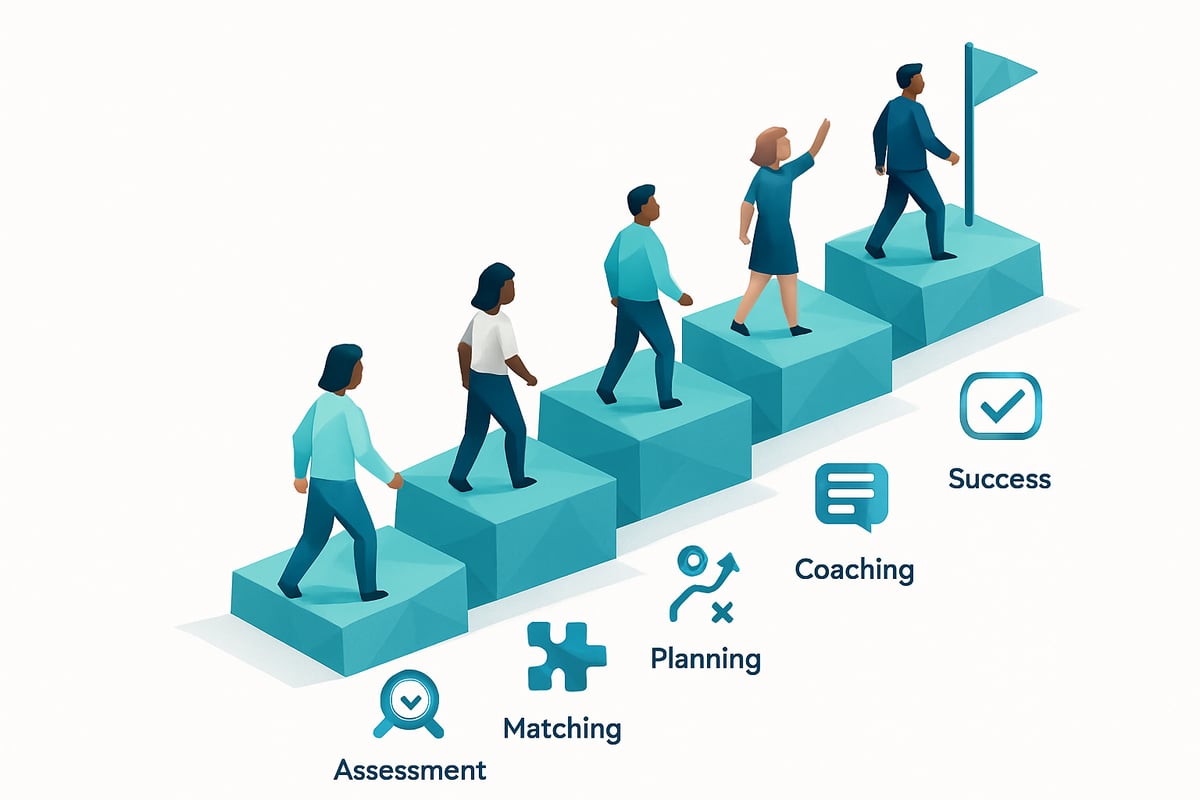
Step 1: Self-Assessment and Goal Setting
The noomii coaching journey begins with self-assessment. This foundational step empowers you to reflect deeply on your strengths, values, and aspirations. Through guided questionnaires and self-reflection exercises, you identify areas for growth and clarify what truly matters to you.
Clients use these tools to uncover hidden opportunities and articulate their desired outcomes. The noomii coaching approach emphasizes setting SMART goals: Specific, Measurable, Achievable, Relevant, and Time-bound. These criteria ensure your objectives are clear and attainable.
For example, a client might aim to transition into a management role within the next twelve months. By breaking down this ambition into smaller, actionable steps, you lay the groundwork for progress. The clarity gained in this phase sets the stage for the rest of your noomii coaching experience.
Step 2: Coach Matching and Selection
Finding the right coach is critical. Noomii coaching leverages a proprietary matching algorithm that considers your industry, personality, experience level, and specialization needs. This system increases the likelihood of a strong coach-client connection, which is essential for effective growth.
During this stage, clients review detailed coach profiles, often focusing on credentials and coaching style. The platform’s emphasis on compatibility ensures you work with someone who truly understands your challenges and aspirations. Many professionals have found that being paired with a Noomii executive or leadership coach accelerates their development and leads to more profound results.
Testimonials consistently highlight how the right match boosts motivation and confidence. This stage removes guesswork, so you can focus on building a supportive partnership with your coach.
Step 3: Designing a Personalized Coaching Plan
Once matched, you and your coach collaborate to design a tailored plan. Noomii coaching stands out for its individualized approach—your plan is built around your unique goals, learning style, and timeline.
The process begins with mapping key milestones and determining how progress will be tracked. For someone aiming to build leadership skills, the plan might include targeted skill exercises and periodic feedback sessions. If work-life balance is the priority, your coach may introduce strategies for time management and stress reduction.
Throughout the plan, measurable checkpoints keep you accountable. Adjustments are made as your needs evolve, ensuring the coaching remains relevant. This personalized blueprint transforms broad ambitions into achievable steps, making sustained growth possible with noomii coaching.
Step 4: Engaging in Transformative Coaching Sessions
Now, you participate in regular, results-driven sessions. Each noomii coaching session follows a structured format: setting the agenda, exploring challenges, and defining next actions. Sessions are typically held weekly or biweekly, with research showing that consistent cadence leads to better outcomes.
Your coach uses techniques like active listening and powerful questioning to unlock new perspectives. Accountability frameworks help you stay committed to your goals. Whether you are navigating a career pivot or seeking greater self-confidence, these sessions provide the support and structure you need.
Clients often report breakthroughs during these conversations. The safe, confidential space allows for honest reflection and experimentation. Over time, this process builds resilience and accelerates growth, demonstrating the impact of noomii coaching.
Step 5: Measuring Progress and Celebrating Success
Tracking progress is integral to the noomii coaching process. Your coach uses feedback tools and quantitative metrics to assess how you are moving toward your goals. Adjustments are made as challenges arise or priorities shift, ensuring continued relevance.
Celebrating milestones is a key motivator. Whether you land a new job, complete a project, or achieve a personal breakthrough, your coach helps you recognize and honor these successes. This positive reinforcement sustains momentum and encourages long-term growth.
Clients also receive ongoing resources and recommendations for future development. By the end of your noomii coaching program, you will have a toolkit for continued progress and a clear record of your achievements.
The step-by-step approach of noomii coaching is designed for lasting transformation.
Key Benefits of Noomii Coaching for Personal Growth
Unlocking your best self starts with understanding the key benefits of noomii coaching. Whether you aim to advance your career, build resilience, or create a lasting sense of well-being, noomii coaching provides evidence-based strategies and expert support to help you thrive. Let’s explore how these core benefits can transform your personal growth journey.

Accelerated Goal Achievement
Noomii coaching is renowned for helping clients reach their goals faster and more effectively. According to Harvard Business Review, individuals who work with a coach achieve their objectives 50 percent faster compared to those who go it alone. This acceleration is not just about speed — it’s about clarity, accountability, and sustained motivation.
For example, a client seeking a career pivot leveraged noomii coaching to transition into a new field within six months. Their coach provided structure, helped break down milestones, and kept progress on track. This approach turns aspirations into actionable plans, ensuring that your ambitions become realities.
Enhanced Self-Awareness and Confidence
Self-awareness is a cornerstone of personal and professional success. Noomii coaching integrates regular self-reflection and constructive feedback, which empowers clients to understand their strengths, blind spots, and growth areas. This deeper insight fuels better decision-making and more effective communication.
As clients gain clarity about their values and goals, they naturally build confidence. Noomii coaching encourages open dialogue, helping individuals challenge limiting beliefs. The result is a lasting boost in self-esteem and the courage to pursue new opportunities with conviction.
Resilience and Adaptability
Life is unpredictable, but noomii coaching equips you to navigate change with resilience. Coaches guide clients through setbacks, teaching evidence-based coping strategies and fostering a mindset of adaptability. Whether you’re facing job loss, a major life transition, or unexpected challenges, the skills gained from noomii coaching make recovery and growth possible.
A compelling case involves a client who rebounded from redundancy by developing new skills and reframing setbacks as learning opportunities. This approach transforms obstacles into stepping stones, supporting long-term growth and emotional well-being.
Improved Work-Life Balance
Noomii coaching recognizes the importance of well-being alongside achievement. Coaches help clients establish boundaries, prioritize self-care, and adopt effective time management techniques. This holistic approach not only reduces stress but also enhances overall satisfaction.
Clients learn practical strategies to balance competing demands, making it possible to excel at work without sacrificing personal fulfillment. For more stories and practical tips on how coaching supports real-life balance and growth, explore Personal Growth Coaching in London.
Sustainable Long-Term Growth
The true power of noomii coaching lies in its ability to foster sustainable, long-term change. Clients are guided to develop habits that endure beyond the coaching relationship. With ongoing access to resources, peer networks, and accountability partners, growth becomes a continuous journey rather than a one-time event.
Building these lasting habits ensures that personal and professional progress is not just achieved but maintained.
Personalized Coach Matching: Ensuring the Right Fit
Finding the right coach is the cornerstone of a successful noomii coaching experience. Compatibility between coach and client is not just a preference, but a proven driver of coaching results. Research shows that when compatibility is prioritized, coaching effectiveness can increase by as much as 60 percent. This is why noomii coaching places a strong emphasis on factors like communication style, shared values, and industry expertise.
A compatible relationship creates an environment where trust can flourish. When clients feel understood and supported, they are more likely to engage deeply, set ambitious goals, and sustain motivation. The noomii coaching platform integrates these principles to ensure every client starts their journey on solid ground.

The Importance of Coach-Client Compatibility
Noomii coaching uses a proprietary matching algorithm designed to maximize the potential for a strong coach-client fit. This process begins with a detailed intake assessment, collecting information on the client’s goals, work background, personality preferences, and coaching objectives. The system then analyzes the data, considering coach expertise, industry experience, and even communication preferences.
Key factors in the matching process include:
- Alignment of personal and professional values
- Relevant industry or functional expertise
- Preferred coaching style and communication methods
Clients are introduced to a shortlist of coaches, each selected for their ability to address the unique needs identified in the assessment. This tailored approach ensures that every noomii coaching relationship starts with the highest chance of success.
Noomii’s Proprietary Matching Process
After the initial match, clients are encouraged to schedule introductory sessions with potential coaches. This gives both parties a chance to assess rapport and clarify expectations. Feedback from these early meetings is incorporated into the matching process, allowing for further refinement if needed.
Noomii coaching supports ongoing alignment by providing regular progress check-ins and client satisfaction surveys. This feedback loop ensures that adjustments are made promptly, maximizing the effectiveness of the coaching journey. Success stories abound, with many clients crediting their matched coach for pivotal career transitions and personal breakthroughs.
Client Experience: From Onboarding to Success
The onboarding process with noomii coaching is seamless and client-focused. From the first assessment to the initial coach meeting, every step is guided by transparency and accountability. Clients receive clear guidance on what to expect, how sessions will unfold, and how progress will be measured.
Continuous improvement is built into the process. Clients and coaches collaboratively set milestones, track achievements, and refine goals as needed. This dynamic partnership fosters sustained growth, empowering clients to reach their fullest potential.
Real-Life Success Stories: Noomii Coaching in Action
Real-life stories bring the power of noomii coaching into sharp focus. Clients from all backgrounds have experienced transformative results, both professionally and personally. These examples highlight how targeted coaching can accelerate growth, boost confidence, and build high-performing teams.
Career Advancement
Noomii coaching has propelled many professionals toward remarkable career milestones. Take the story of a mid-career manager who, after months of feeling stagnant, engaged in noomii coaching to clarify his leadership vision. Through guided reflection and targeted feedback, he built executive presence and improved communication skills.
Within six months, he secured a promotion to an executive role, increased his salary by 20 percent, and became a mentor to new team members. Data from noomii coaching consistently shows that structured guidance leads to faster and more sustainable career growth.
Personal Transformation
Personal breakthroughs are at the heart of noomii coaching. Clients often arrive feeling uncertain or held back by limiting beliefs. One client, struggling with self-doubt and work-life balance, began her journey with noomii coaching by setting small, achievable goals.
With ongoing support, she built confidence, learned to set boundaries, and redefined her personal success. Feedback from clients highlights increased self-awareness and resilience, with many noting that noomii coaching provided the tools to create lasting change in both mindset and daily habits.
Organizational Impact
The ripple effect of noomii coaching extends beyond individuals to entire organizations. In one case, a tech company partnered with noomii coaching to launch a company-wide leadership initiative. Teams learned to collaborate more effectively, resolve conflicts, and set clear objectives.
Within a year, employee engagement scores rose by 30 percent and productivity improved across departments. As highlighted in Leadership Coaching Strategies 2025, organizations leveraging coaching strategies see measurable gains in culture and performance, proving the value of dedicated coaching at scale.
Lessons Learned and Key Takeaways
Successful clients share key themes: commitment, openness to feedback, and consistent action. Maximizing results from noomii coaching means setting clear goals, tracking progress, and celebrating milestones. Many also credit ongoing accountability as the secret to sustained growth.
The Future of Personal Growth: Trends in Coaching for 2025
The landscape of personal growth is rapidly evolving, and noomii coaching stands at the forefront of these changes. As we look ahead to 2025, several key trends are shaping the way individuals and organizations approach coaching. Understanding these trends can help you make the most of your noomii coaching experience and prepare for a future of continuous development.
Digital Transformation in Coaching
Noomii coaching has embraced the digital shift, making virtual coaching more accessible than ever. In recent years, the rise of AI-driven tools and online platforms has transformed how coaches and clients connect. According to Forbes, 80% of coaching is now conducted remotely, reflecting a broader movement toward flexible, technology-enabled growth solutions.
These digital advancements allow noomii coaching clients to schedule sessions, access resources, and communicate with coaches from any location. The convenience of virtual meetings removes traditional barriers, empowering more people to pursue personal and professional development on their own terms.
Integration of Data and Analytics
A major trend in noomii coaching is the increased use of data analytics to personalize and optimize the coaching journey. Progress tracking apps and interactive dashboards provide real-time insights, helping clients and coaches measure growth and adjust strategies as needed.
This data-driven approach also demonstrates the growing value of coaching services. The Coaching Industry Revenue Growth Report highlights how the industry continues to expand, fueled by measurable results and client demand. With noomii coaching, clients can leverage analytics to stay motivated and ensure tangible outcomes.
Expanding Access and Inclusivity
Noomii coaching is committed to making personal growth accessible to everyone, regardless of background or location. Innovations like group coaching, micro-coaching, and peer support are lowering barriers to entry and reaching underserved populations.
By offering diverse coaching modalities and flexible formats, noomii coaching addresses the unique needs of individuals in remote regions and underrepresented communities. This focus on inclusivity is shaping the future of coaching, ensuring that more people can experience meaningful transformation.
Evolving Coaching Specializations
The demand for specialized coaching is rising as industries and individuals face new challenges. Noomii coaching is responding by expanding its network to include experts in wellness, DEI (Diversity, Equity, Inclusion), digital leadership, and other emerging fields.
Clients now seek coaches who understand niche areas and can offer targeted guidance. As a result, noomii coaching matches individuals with professionals who have the right expertise, ensuring effective support for every unique journey.
Preparing for Lifelong Personal Growth
Looking ahead, lifelong learning and adaptability are essential for sustained success. Noomii coaching equips clients with the skills and mindset needed to navigate an ever-changing world. Continuous access to resources, accountability frameworks, and support networks keeps growth on track even after formal coaching ends.
For those seeking to deepen their commitment, platforms like Accountability Now provide additional tools to maintain momentum and achieve lasting results. Noomii coaching remains a trusted partner in this journey, ready to support evolving needs in 2025 and beyond.

